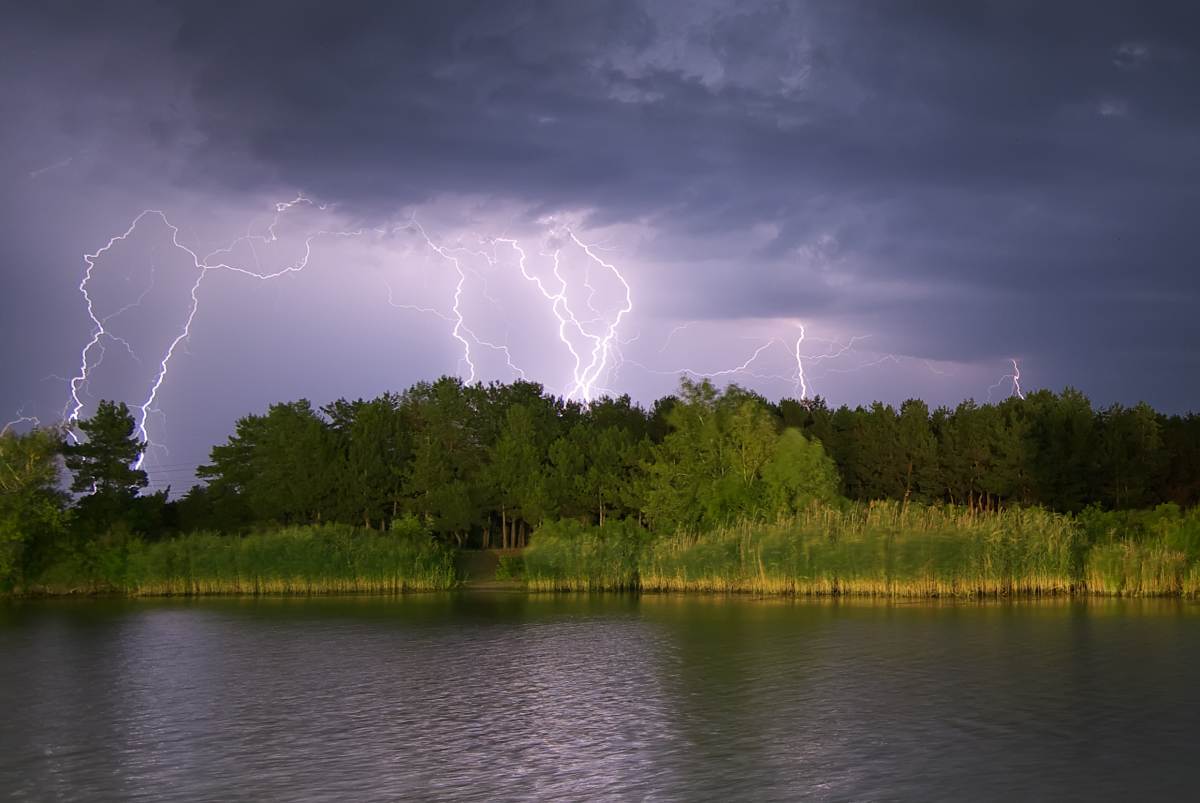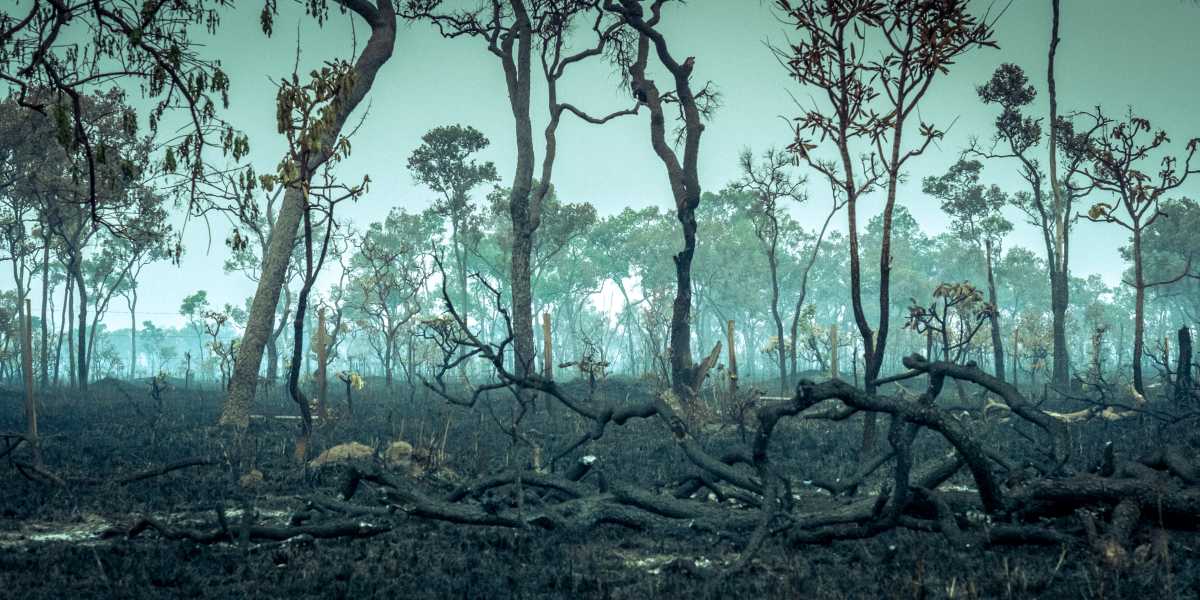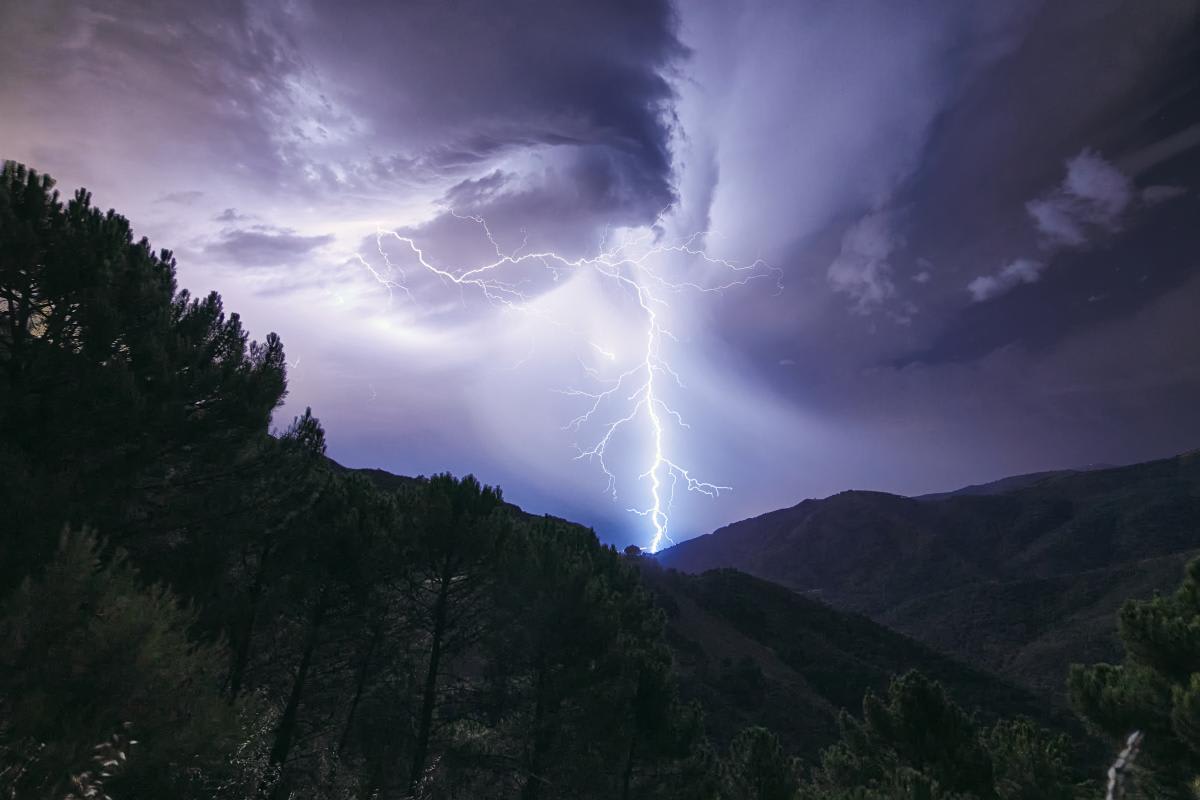Study Finds a Big Factor Causing the Death of Tropical Forests — No, It’s Not Heat or Drought

Tropical forests are a figurative gold mine for nature. They sustain a rich biodiversity of wildlife, store massive amounts of carbon, and provide natural resources for life. However, these forests have been threatened in recent years due to the shifting climate and human activities. While there are myriad factors affecting forest health, scientists have cast their focus on the alarming rates of tree mortality. A research study published in Science Daily revealed that rainforest deaths are the result of not droughts or heat, but an unprecedented culprit that had escaped their notice all these years.

Thunderstorms: the true culprit

Drought and the rising temperatures are easy to blame as they wither away forests one by one. Thunderstorms might seem like a relief from the scorching heat and offer hope in rejuvenating the drying forest cover. But these short, convective storms are a predator in disguise, killing thousands of trees across forests with their wild lightning strikes and strong gusts of wind. According to a new study by forest ecologist Evan Gora, 60% of tree deaths are caused by thunderstorms and have become a key factor in research on rainforest health and carbon storage. Gora, who works at the Cary Institute of Ecosystem Studies, identified thunderstorms as an underlying cause of tree mortality due to their increasing frequency in the face of climate change.

"We were surprised to find that storms may be the largest single factor causing tree death in the forests, and they're largely overlooked by research into carbon storage in the tropics. Our estimates suggest that storms are responsible for 30 to 60% of tree mortality in the past, and that number must be increasing as storm activity increases by 5 to 25% each decade,” explained Gora. Meanwhile, co-author Vanessa Rubio, also a forest ecologist at the institute, described the events that occur in a forest amidst a thunderstorm. She called the experience as “unforgettable” because of how the skyline alters and humidity changes with the storm. Earlier on, scientists had largely skipped thunderstorms from their studies on tropical forests.
Why were thunderstorms not considered?

In former studies, thunderstorms and their impact on forest health were not factored in largely because of their complex impact on forests. When the team of researchers added storms to the largest plot study of forest biomass carbon dynamics, they found that a previously established relationship between temperature and carbon stocks was no longer effective. "It basically shows that you have to include storms, or you might not get the answers right,” Gora highlighted. Due to the minute and limited nature of these storms, relative to droughts, scientists did not think of their potential impact on tree mortality. The Cary Institute of Ecosystem Studies shared a detailed video on how lightning affects big trees and tropical forests.
Additionally, previous studies may have excluded thunderstorms simply because of their convenience. Temperature and water stress can be monitored with meteorological stations, while the challenge lies in detecting storms and their damage in specific locations. Surveying large forests for the damage was not feasible for most researchers, and thus, they did not factor them into the studies. However, storms remain a crucial aspect in determining forest health, and Gora suggests that it would allow us to make informed and accurate decisions to protect, conserve, and plant tree species that would benefit a forest ecosystem. The National Institutes of Health reported that while tree mortality rates are increasing globally, the trends vary globally, and the direct cause remains unknown.
More on GreenMatters
Lightning Strikes Are Known to Damage Trees — But a Tropical Plant Uses the Blast to Kill ‘Enemies’
Google Earth’s Timelapse Video Shows How Some Forests in The World Have Transformed in 36 Years